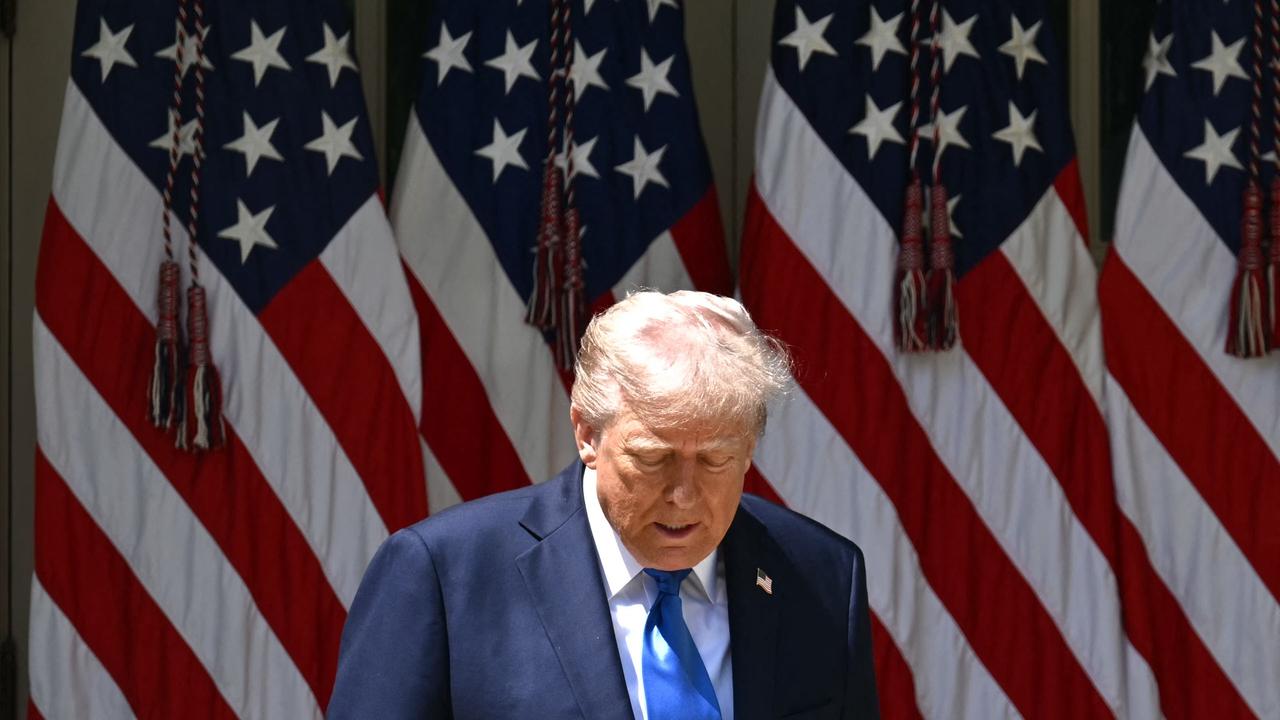
Trump suggests cutting domestic spending by $163 billion while increasing border and defense security
Trump’s first post-return budget proposal increased homeland security expenditure by almost 65% while reducing non-defense spending by $163 billion.
US President Donald Trump has published a contentious budget proposal that would drastically increase spending on defense and border security while drastically reducing $163 billion in federal expenditures for the upcoming year. This proposal would also drastically cut funding for medical research, housing, and education.
The White House Office of Management and Budget (OMB) unveiled the plan on Friday, which reflects Trump’s tougher position on illegal immigration and calls for a nearly 65% increase in homeland security spending over 2025 authorized levels.
The massive cuts reduce non-defense discretionary spending by 23% to levels last observed in 2017, excluding Social Security, Medicare, and growing interest on the national debt.
The plan calls for drastic cuts to key agencies. Budgets for the Centers for Disease Control and Prevention and the National Institutes of Health would be slashed by more than 40%, while the Internal Revenue Service would lose more than $2 billion.
OMB Director Russ Vought stated, “At this crucial time, we need a historic budget — one that puts Americans first, stops funding our decline, and provides unprecedented support to our military and homeland security.”
Even though the former president distanced himself from the project throughout his campaign, Vought, a prominent figure at the conservative Heritage Foundation and a primary architect of the Project 2025 program to reduce the federal government, was named Trump’s budget head.
While some Republicans voiced concern that the projected defense budget was insufficient, Democrats criticized the cuts as being excessive and warned that they would hurt Americans who are already at risk.
Important facts are still missing, and Congress received this request late. However, based on my preliminary review, I have severe concerns,” stated Maine Senator Susan Collins, the Senate Appropriations Committee’s senior Republican. She also expressed concern about cuts to low-income households’ home heating support.
Although it is unlikely to be passed in its entirety due to anticipated opposition in both chambers, the budget outline, sometimes known as the “skinny budget,” provides Republican members in Congress with a guide to start creating their appropriations legislation.
Even with the savings, the idea ignores the federal debt, which is currently at $36 trillion, and some budget analysts and fiscal conservatives are concerned about Trump’s intention to extend his 2017 tax cuts, which is likely to put additional strain on the system.
All Categories
Recent Posts
Tags
+13162306000
zoneyetu@yahoo.com


